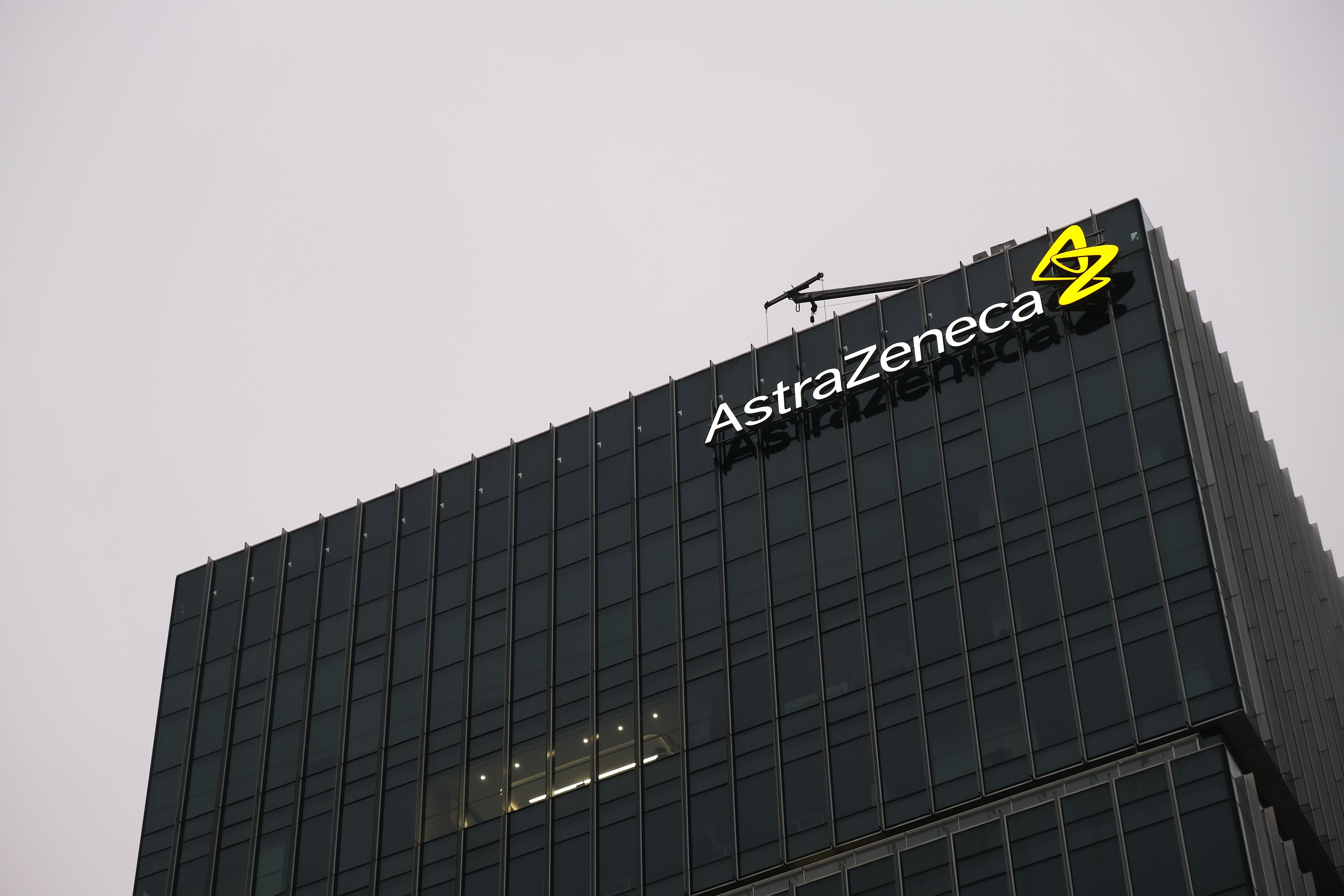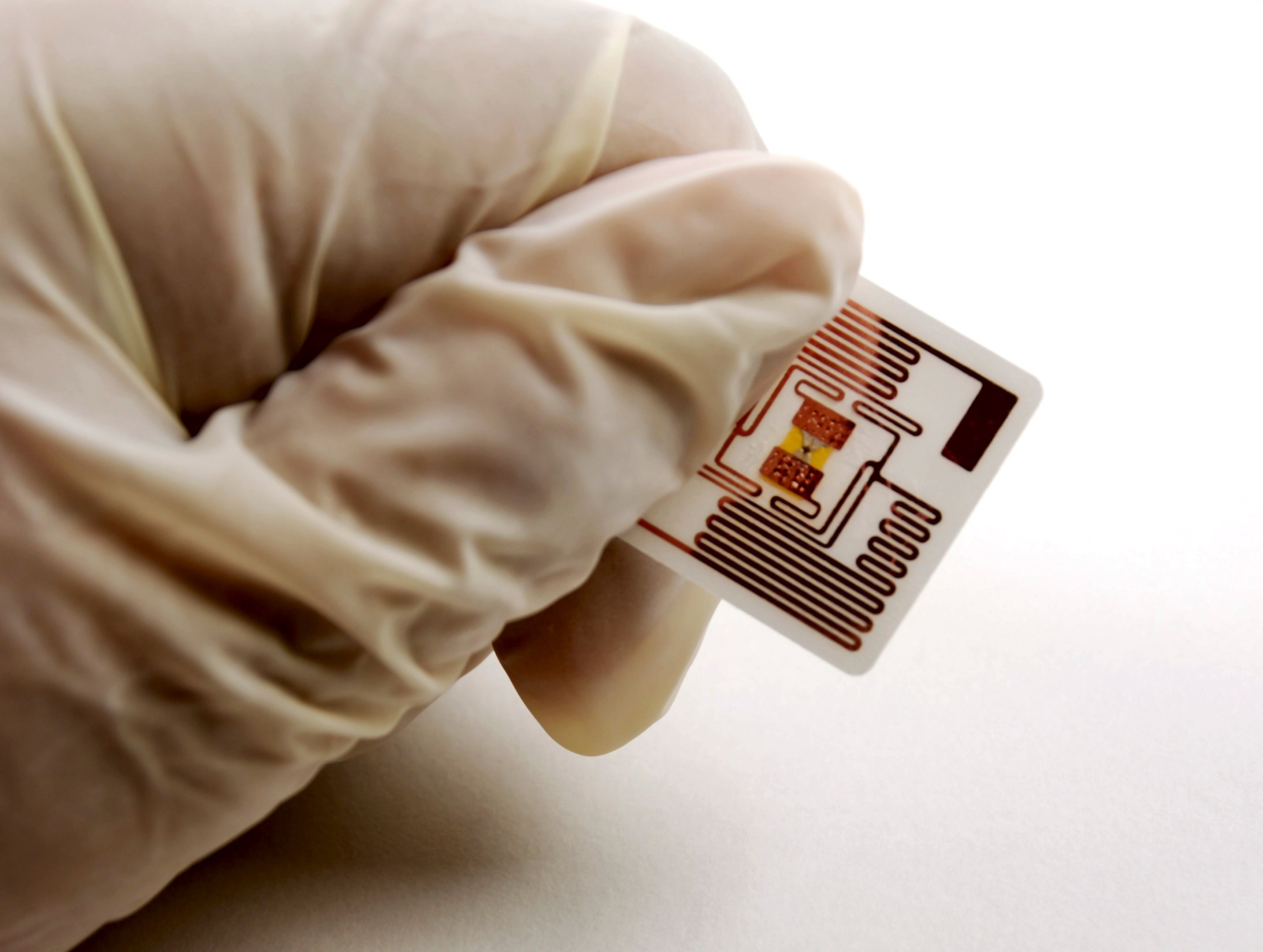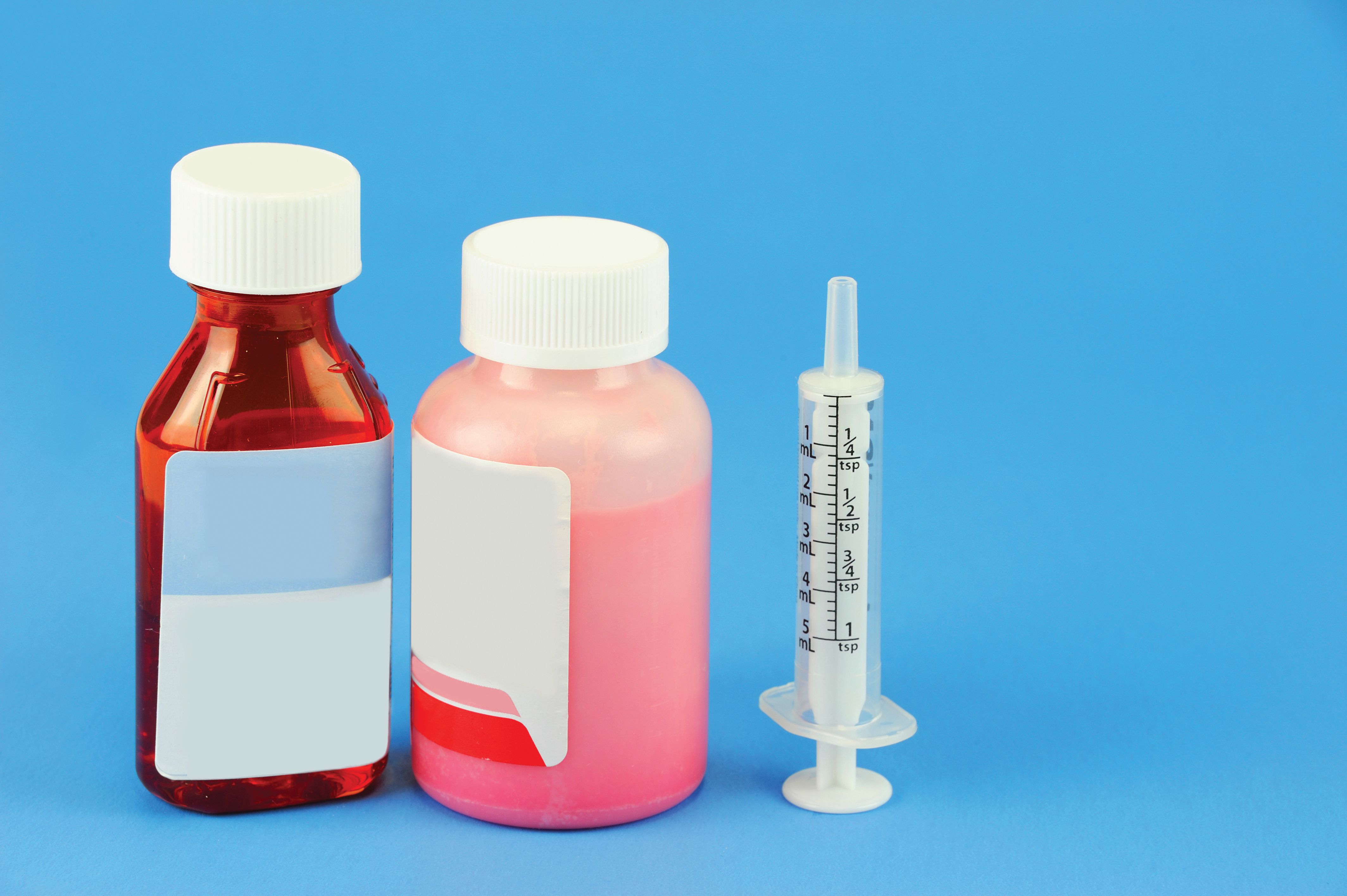News
Article
Pharmaceutical Technology Europe
Pharmaceutical Technology Europe
Upcoming technologies to facilitate more efficient biologics manufacturing
Author(s):
The number of biotechnology-based human therapeutic products in the late-stage pipeline along with the average cost to commercialize a biotech product has been steadily increasing with time. In addition, the biotech industry is facing unprecedented challenges of a sagging global economy and rising regulatory expectations. Companies have to continue to evolve their approaches to be more efficient with respect to time, resources and cost. This article describes some of the technologies that can help optimize time and cost of biopharmaecutical manufacturing.
The number of biotechnology-based human therapeutic products in the late-stage pipeline along with the average cost to commercialize a biotech product has been steadily increasing with time. In addition, the biotech industry is facing unprecedented challenges of a sagging global economy and rising regulatory expectations. Companies have to continue to evolve their approaches to be more efficient with respect to time, resources and cost. This article describes some of the technologies that can help optimize time and cost of biopharmaecutical manufacturing.
Creating processes that are not only optimal and robust, but also economical in a time and resource efficient manner is the Holy Grail for the biotech industry today. Regulatory initiatives such as Quality by Design and PAT require an improved process understanding earlier in the product life cycle.1–4
Recent advances in fermentation and cell culture processes have increased cell densities and protein titers in process fluids, requiring reliable upstream technologies to handle growing production demands.5,6 Moreover, within the bioprocessing industry there is a strong trend toward the application of single-use technologies, eliminating the expense of cleaning and cleaning validation, a major cost factor in operating reusable systems. One of the commonly used technologies for primary separation after fermentation is tangential flow filtration (TFF).7 TFF processes have traditionally used cassettes or hollow fiber formats. Typically, TFF cassettes are installed in stainless steel housings that require post-use cleaning and validation of cleaning. The installation and preconditioning steps before process use are time consuming and require a reasonable level of skill to avoid potential malfunction. Hollow fiber filter systems provide an alternative primary separation technology. However, this open channel format tends to require relatively high pumping rates for optimal performance. Achieving these high rates with fully disposable equipment can be difficult.
Membrane chromatography has already proven to be a powerful alternative to traditional packed‑bed chromatography in flow‑through operations, such as polishing for the removal of viruses and contaminants in biologics manufacturing.8 Case studies have been described for the purification of monoclonal antibodies (mAbs) with a high isoelectric point and have demonstrated the popularity of their implementation. As flow‑through utilization has expanded, membrane chromatography applications have also included the capturing of large molecules.9 Such bind‑and‑elute applications imply the demand for higher capacity and larger surface membrane area compared with flow‑through applications.
Manufacturers of biopharmaceuticals are required to characterize the ability of key process steps to clear viruses. Typically, the entire manufacturing process is qualified to attain a cumulative virus reduction factor, which significantly contributes to the documentation of virus safety. In many of these manufacturing processes, a virus retentive filter is used to achieve a robust and effective virus clearance step. The key to implementing virus filtration is the assurance of virus retention and device integrity while maintaining high productivity and ease of use.
While developments in chromatography media (resins) have brought the technique much closer to practical and theoretical limits of binding capacity, future advances are likely to focus on new surface chemistries and a more efficient use of chromatography as a unit operation. One way to gain productivity improvements is to use smaller equipment or the similar size equipment in a more time‑efficient manner.
This article is the fifteenth in the Elements of Biopharmaceutical Production series and will present some of the most promising technologies that are being introduced in biotech manufacturing by some of the major biopharmaceutical vendors.
TFF microfiltration capsule for cell clarification and harvest
The Kleenpak TFF microfiltration (MF) capsule from Pall Life Sciences (NY, USA) uses an Ultipleat pleated filter cartridge and Kleenpak Nova capsule with their operation based on TFF principles. The capsule is configured similarly to hollow fibers or cassette formats with feed, retentate and permeate ports. As Figure 1 shows, the pleated construction is used inside the capsule to create multiple parallel flow channels while increasing the effective membrane area in a reduced footprint. It is simple to install and requires limited preconditioning before exposure to process fluid.

This technology has been tested with representative industrial strains such as Chinese hamster ovary (CHO) cells, and bacteria such as E. coli and yeast. Feed volumes of 50100 L have been processed per single full‑scale capsule (0.5 m2), depending on cell type and characteristics. The capsules can be manifolded together in series or in parallel to accommodate larger process requirements; for example, a six capsule assembly can process up to 1000 L. Stable performance has been observed for mAb clarification from CHO cell feed with starting cell counts up to 1x107 cells/mL and step yields of greater than 98% have been obtained. For clarification of hybridoma cells expressing mAbs, filtrate flux rates of 70 L/m2/h (LMH) to a volumetric throughput (VT) of 180 L/m2 have been obtained with a protein transmission of 100%. Protein expression for these cells was approximately 0.1 mg/mL.
A comparison of the Kleenpak TFF technology and two different types of cassettes for concentrating E. coli with all three devices incorporating membranes rated at 0.2 μm (nominal) is presented in Figure 2.

All three devices were operated at a crossflow flux rate (CFF) of 1.5 L/min/ft2. A five-fold volumetric concentration followed by a three‑fold diafiltration buffer exchange was performed. The data show that all three devices can be operated at a flux rate of 30 LMH throughout both concentration and diafiltration stages. Although the start and finish transmembrane pressure (TMP) values are different for the Kleenpak TFF filter compared with the cassette formats, the TMP gradient is similar for all three technologies and suggests stable operation. The flux and throughput performance of all three technologies was similar during these trials. Figure 3 presents a comparison of a Kleenpak TFF MF capsule with a Pall Microza hollow fiber module for clarification of IgG from a CHO cell culture with a cell density of approximately 2x106/mL.

Each format was operated at a pumping capacity or CFF of 20 L/min/m2. It is seen that the Kleenpak TFF outperforms the hollow fiber module by processing more than three times the filtrate volume for a similar terminal TMP.
Experiments were conducted with a recombinant E. coli solution at a cell density of approximately 4% w/w for production of a plasmid used for gene therapy treatment. The primary objective of the application was to concentrate the E. coli feed by a minimum concentration factor of 10‑fold using a single‑use technology. Initial trials were conducted with the small‑scale device and the filtrate flux rate for concentration was selected to be 22.5 LMH. It was estimated that six full-scale modules (membrane area of 3 m2) will be required to process 500 L of feed at a feed flow rate of approximately 21 L/min (CFF of 7 L/min/m2). To demonstrate scalability to a series and parallel configuration, a trial was conducted to compare the performance of a single full-scale module against the performance of three full‑scale modules operated in series. The filtrate flux rate was maintained at 22.5 LMH for each module throughout the trial. Pressure gauges were installed throughout the system to enable accurate TMP determination across each module. The results shown in Figure 4 indicate that each of the three capsules manifolded together in series provided a VT versus TMP curve very similar to a single module operated in isolation.

In summary, the Kleenpak TFF MF capsules’ single‑use TFF technology offers major benefits for cell harvesting and clarification. The self‑contained format eliminates the need to purchase and install holders or housings, and also reduces exposure to biologically active solutions. This is a critical consideration for manufacturers of vaccines and other products that present potential workplace hazards. The optimized feed channel screen provides good performance at low flows and the technology is scalable and reproducible.
Hydrophobic interaction membrane chromatography
Sartobind Phenyl membrane adsorber from Sartorius Stedim Biotech (Germany) uses hydrophobic interaction chromatography (HIC) principles and assembled into a 30‑layer radial flow process capsule (Sartobind). It is based on hydrophilic regenerated stabilized cellulose with the hydrophobic phenyl groups covalently attached to the cellulose matrix. The novel macroporous membrane structure with 13 µm pores has been designed for high flow rates and high binding capacities. As seen in Table 1, the binding capacity for a mAb on HIC membrane is found to be at par with conventional HIC resins even at significantly higher flow rates.

Table 1: Protein binding capacity on Sartobind Phenyl Membrane and conventional Phenyl Resin. Binding buffer for mAb: 08 M (NH
Newsletter
Get the essential updates shaping the future of pharma manufacturing and compliance—subscribe today to Pharmaceutical Technology and never miss a breakthrough.






